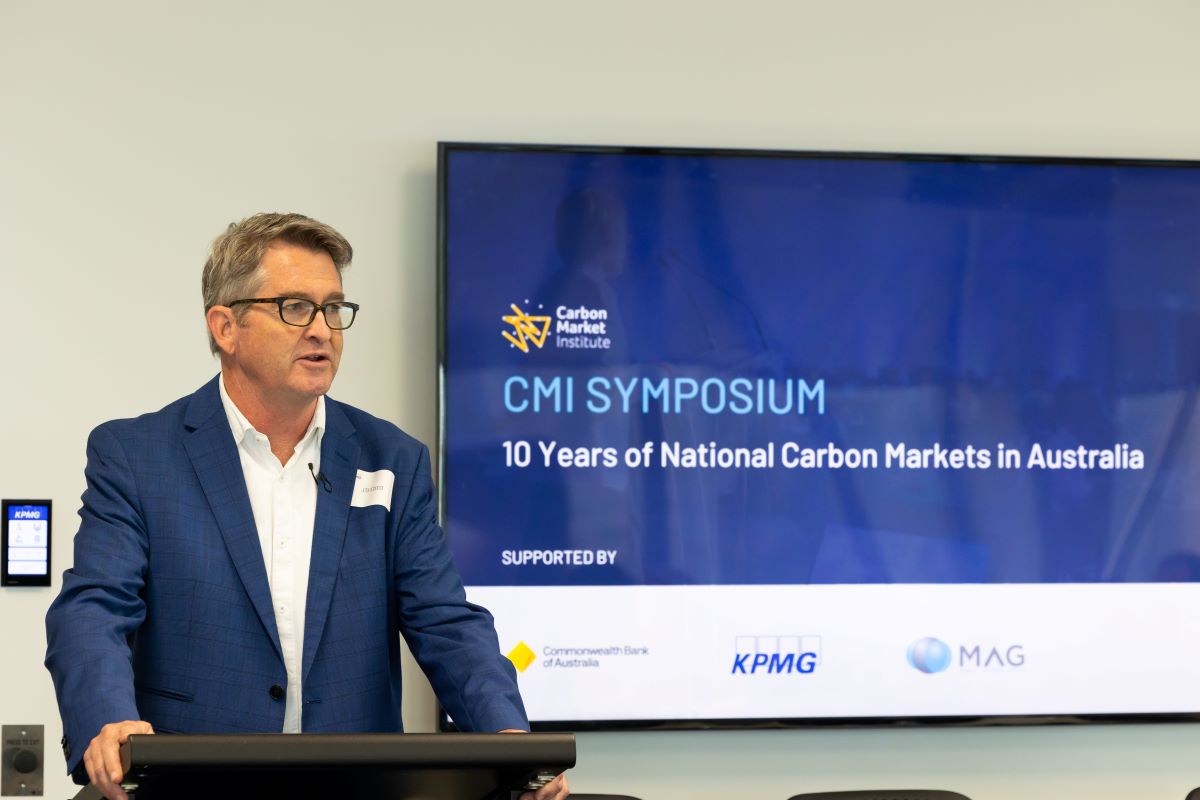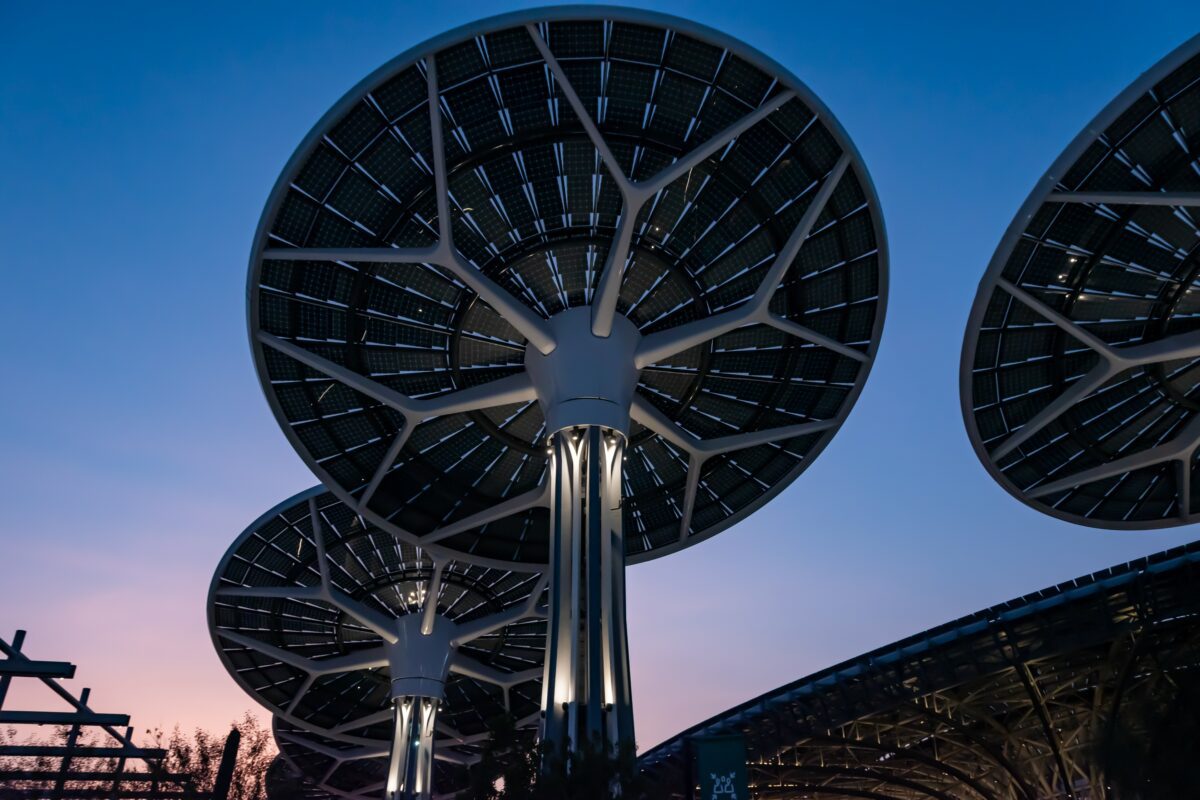Dr. Kerry Schott AO, CMI Chair
The steps to decarbonising are well known and common across the world. First, decarbonise electricity. Second, electrify as much as possible with cleaner energy. Third, focus on high-emitting sectors and facilities.
The safeguard mechanism reform currently being debated in the national parliament, if implemented effectively, will drive decarbonisation in Australia’s highest-polluting industrial facilities. It is targeted at Australia’s 215 largest polluters, which are responsible for 28 per cent of the nation’s emissions – the ones coming directly from their operations.
The safeguard mechanism encourages rapid, deep cuts, but it takes care not to send companies out of business. We want to decarbonise, not de-industrialise. It is no more possible to achieve “big bang” instant change in industrial facilities than it is in the complex electricity market. A balancing act is required.
Some companies are moving quickly, not only by taking the obvious first step of switching to renewables, but also with innovative technological solutions to tackle their scope 1 emissions. Others have been far too slow to act, and some have barely acted at all. This makes it critical that the proposed safeguard mechanism reforms come into force on July 1 this year – to force those who have done little to finally take steps to cut their emissions.
The new approach to setting annual emissions baselines means laggards will be under ever-increasing pressure to match their peers. It will take account of what those peers have achieved. The more companies lag, the more their cost for covering their shortfalls will rise. At the same time, the better performers will be rewarded with safeguard mechanism credits. It is designed to benefit the companies already doing a lot while allowing others to catch up without a prohibitive, up-front expense.
While there is room for design improvements, it would be a mistake to delay these reforms. Once they have operated for some time, they should be reviewed and changed as needed. Accordingly, the proposed review date of 2026-27 should be brought forward a year for at least a preliminary review to establish that the reforms are on track. Given the urgency of the decarbonisation task, any necessary amendments should not be delayed.
Similar reviews already happen for the National Electricity Market’s integrated system plan. Every two years, changes occurring in the real world, or not occurring as expected, are factored into a new plan.
Within two years, the recommendations of the Chubb review of carbon credits will also be bedded down, and their impact visible. By then we will also have a more accurate picture of the likely supply of safeguard mechanism credits and Australian carbon credit units (ACCUs), and of how much industry is making use of both.
The sensible approach to net-zero must prioritise the most emissions-intensive sectors. Yet this opportunity will be lost if the safeguard package fails to come into effect on July 1. Without it, there would no emissions policy in place for industry. That would leave us with 2030 renewable energy targets as the only substantive national emissions-reduction policy, supported by a miscellany of industry grants. That is not enough to get Australia anywhere near its interim targets, let alone onto a trajectory that may aim higher.
One of the arguments against the safeguard package is that it will result in companies merely offsetting emissions that they could readily have cut by acting at the source of the pollution. In reality, that is very unlikely. Companies – and their shareholders – know the price of carbon credits is rising. The cumulative effect of cutting emissions at a rate of almost 5 per cent a year will become increasingly material, and represents a potential multi-billion-dollar impost for liable businesses if they do not act in-house.
However, making the investment decisions required for in-house action often takes time. And it is right that companies should – in the meantime – take responsibility for their emissions by investing in carbon credits, driving emission reductions elsewhere in the economy, predominantly in regional Australia.
Beyond their inherent value in avoiding emissions or drawing down carbon dioxide from the atmosphere, these carbon credit projects support regional economies, new and restored native species habitat, and Indigenous economic development.
To mobilise this transition, the unparalleled transformation in electricity needs to be accompanied by similar change to the industrial base. This requires the rapid development and commercialisation of new technologies. These big, important changes will happen at scale if the safeguard mechanism reforms are activated and well supported.
We have made enormous advances in decarbonising our power supply, though much more must be done. Now it’s time to really start the same process in our industrial and resource sectors.
This article was originally published in the Sydney Morning Herald on March 9th, 2023.



